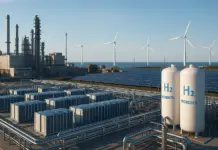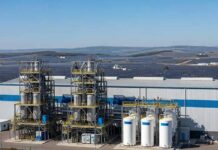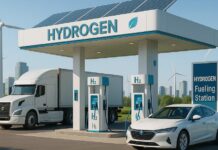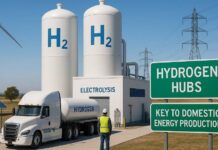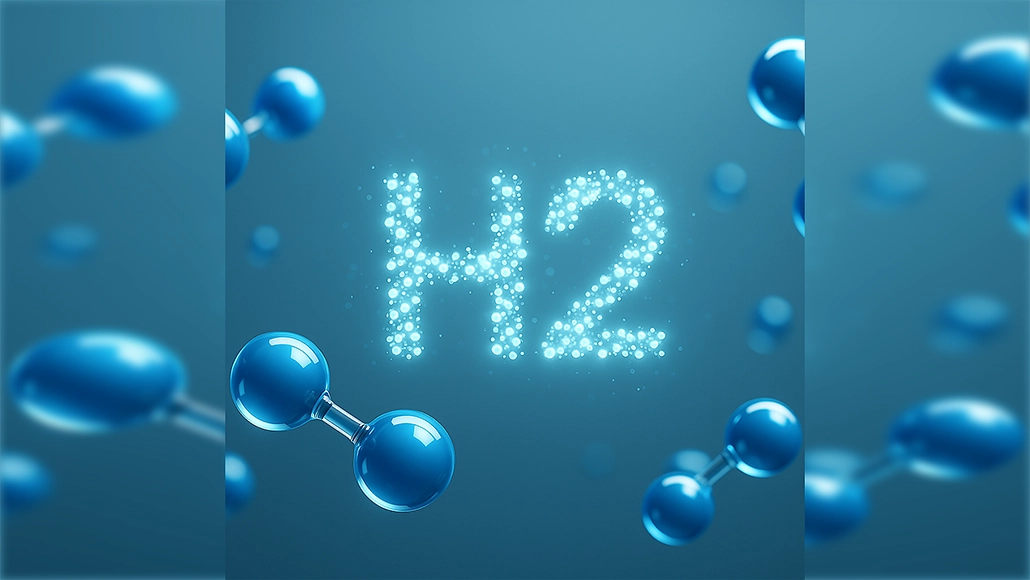Engineering studies have begun on a planned facility in northwest England that would produce turquoise hydrogen as part of a wider offshore natural-gas and hydrogen storage development. The work marks an early phase in a turquoise hydrogen project that EnergyPathways intends to integrate into its broader coastal infrastructure. The company confirmed it has started design work with Hazer Group, which supplies methane-pyrolysis technology, and KBR, the project’s EPC partner. The plant is designed to generate hydrogen from natural gas while creating solid carbon rather than carbon dioxide.
According to EnergyPathways, the plant could be incorporated into the Marram Energy Storage Hub (MESH), a development that aims to store up to 50 billion cubic feet of natural gas and hydrogen about 18 km off the Lancashire shoreline. Under an agreement signed in July, Hazer’s technology could allow the site to produce as much as 20,000 tonnes of turquoise hydrogen per year using natural gas and unprocessed iron feedstocks intended for ammonia production. The partners are also assessing potential markets for as much as 60,000 tonnes of graphite produced through the process. This graphite can be directed toward several applications.
Hazer and KBR are managing the engineering design and concept-development studies, which are scheduled for completion in early 2026. The shift toward this turquoise hydrogen project marks a change from MESH’s initial vision, which had included blue and green hydrogen. As EnergyPathways explained, those earlier pathways were affected by rising production costs. CEO Ben Clube said, “With … blue and green hydrogen looking increasingly challenged by high production costs, EnergyPathways aims to develop a hydrogen production pathway and decarbonization solution that could be more affordable to Britain’s taxpayers and energy consumers.”
Methane pyrolysis is viewed as a lower-cost route to clean hydrogen due to the solid carbon it yields. Clube added, “With the UK 100% dependent on imports for its graphite needs, and China dominating global supply with over 80% of market share, the British government… [is] actively seeking to secure [its] own graphite supply chains.” Even so, the technology remains relatively early in deployment, with only a small number of operating plants.
Hazer began producing hydrogen through its process at a pilot facility in Perth, Australia, in February 2024. Commenting on the integration of its technology into the MESH plans, CEO Glenn Corrie said it represents a “genuine game-changer” for UK energy transition plans. As EnergyPathways advances this turquoise hydrogen project, the company positions the hub as a potential example of how hydrogen production and offshore storage can be paired within a single development. An earlier report from South Korea points to similar progress in turquoise hydrogen, underscoring how this production route is advancing in multiple regions.




